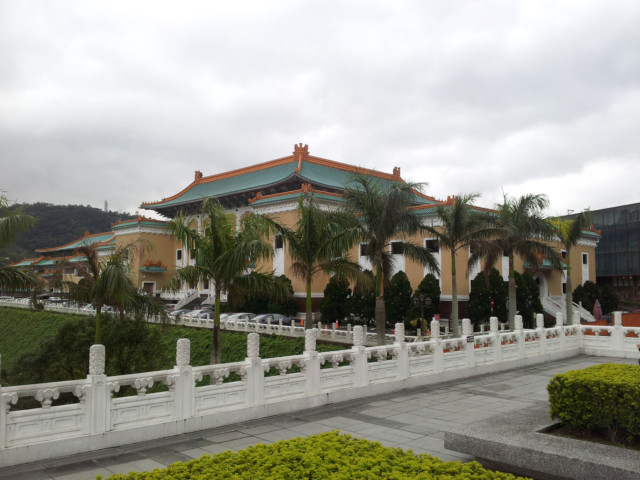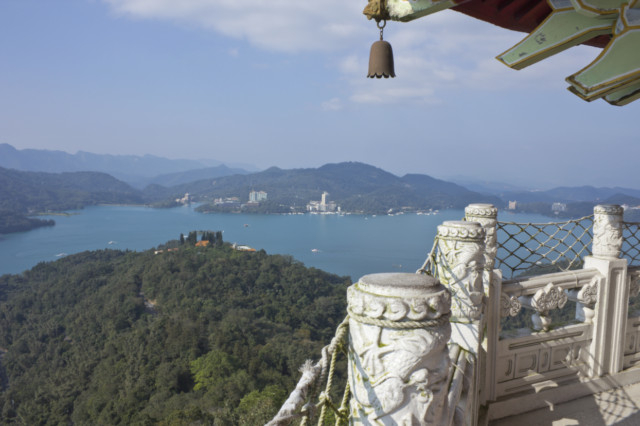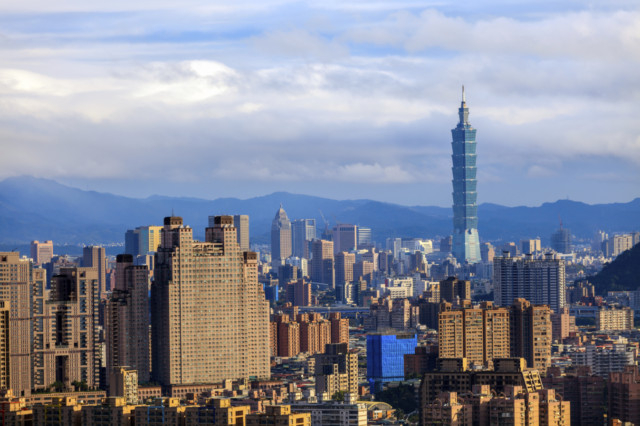
For those who came of age during the 1980s or 1990s, the very mention of the word Taiwan conjured images of factories producing quality electronic goods and toys. “Made in Taiwan” was the next best thing to “Made in Japan”. And that was that.
Taiwan was a country that made things. No one knew anyone who had been there for leisure. But standing at the balcony of the Lalu Hotel, sipping delicious plum tea and staring at the mist-laden waters of Sun Moon Lake, I could see why the early European settlers called the country Formosa, meaning “beautiful” in Portuguese.
The setting was almost Alpine; the peace and tranquillity a welcome relief from the neon-lit hustle of Taipei. To reach Sun Moon Lake district, which is located in the centre of the country, we had driven for more than three hours, through some dramatic mountain scenery and terrifically long tunnels.
Taiwan — just 400km north-south and 200km east-west — is a densely packed island of 24 million and 70 per cent of the country is mountainous. Some of the world’s best biking trails are also found here. If you have time (and stamina), you can enjoy the view of the lake by cycling along the trail that starts from the Shuishe Visitor Centre, in the direction of Ita Thao, about 29km. A more sensible route would be from Shuishe to Xiangshan Visitor Centre, about 3km away.
We were lucky enough to be there on the penultimate day of celebrations for the Chinese New Year — the Year of the Horse — and were invited to nearby Nantou City for the open air festivities and folk performances that culminated in the setting alight of a gigantic effigy of a horse.
TAIPEI
Taiwan’s capital Taipei is, in a real sense of the term, a city that never sleeps. It is a sort of mini-Tokyo, with neon lights, an ultra-efficient public transport system, colossal pedestrian crossings near metro stations and unusually busy people preoccupied with their smartphones.
Without a doubt, the most dramatic view of the city of high-rises is from a high-rise that dwarfs them all — the Taipei 101. At 508 metres, it is the second tallest building in the world. The view from the top is almost surreal; you can stare down at clouds floating above the other buildings and the lush green hills surrounding the city. The observation deck of Taipei 101 is the kind of place you want to hang around in all day, after having reached the top in officially the world’s fastest elevator that buzzes your ears during the return journey.
For added fun, you can also see the 660 metric tonnes wind damper, suspended between the 92nd and 87th floors. By way of explanation, a notice board reads: “Super high-rise buildings are designed to resist wind pressure and be flexible. The tuned mass wind damper ... overcomes the conflict by reducing movement up to 40 per cent and helps to ensure stability and comfort, while retaining the flexibility that is essential for buildings in an earthquake zone.”
Taipei is also a food lover’s paradise — unless, of course, you have special dietary requirements, such as Halal food. But in a bid to increase the number of travellers from the Middle East and the Subcontinent, the Tourism Bureau, in coordination with the Chinese Muslim Association, is making concerted efforts to increase the number of Halal outlets in the country. Restaurants that offer Halal meals are now given two self-explanatory certifications: a) Muslim Restaurant (MR) and b) Muslim-friendly Restaurant (MFR).
SIGHTSEEING
No trip to Taipei is complete without at least a half-day stop at the National Palace Museum. This treasure trove houses the world’s largest collection of Chinese art — about 7,96,000 artefacts, spanning 8,000 years of Chinese history.
Taiwan’s national hero and leader, Generalissimo Chiang Kai-shek, moved the art pieces to the island from the Palace Museum in Beijing’s Forbidden City, following the defeat of his Nationalist forces at the hands of the Communists on the mainland and his move to Taiwan in 1949.
One of the most famous works of art at the museum is the Jadeite Cabbage — a piece of Jadeite carved into the shape of a Chinese cabbage head, with a locust and a katydid camouflaged in the leaves. The sculpture is considered an allegory of “female virtue with the white stalk symbolising purity, the leaves denoting fertility and abundance, and locust and katydid representing children”.
Another imposing structure in the capital, built in traditional Chinese style, is a memorial to the aforesaid Generalissimo. It’s a lot of open space in congested Taipei; there are a few better ways of spending a lazy afternoon in the city than wandering around with locals at the Chiang Kai-Shek Memorial, where you can also climb the stairs to view his massive statue.
Like nearby Hong Kong, Taipei too is a shopper’s paradise, and for the best buys, everyone heads to the city’s famous night markets. Shilin is the biggest and has mind-twisting array of shops selling branded and handcrafted goods — from clothes and shoes to souvenirs and purses.





